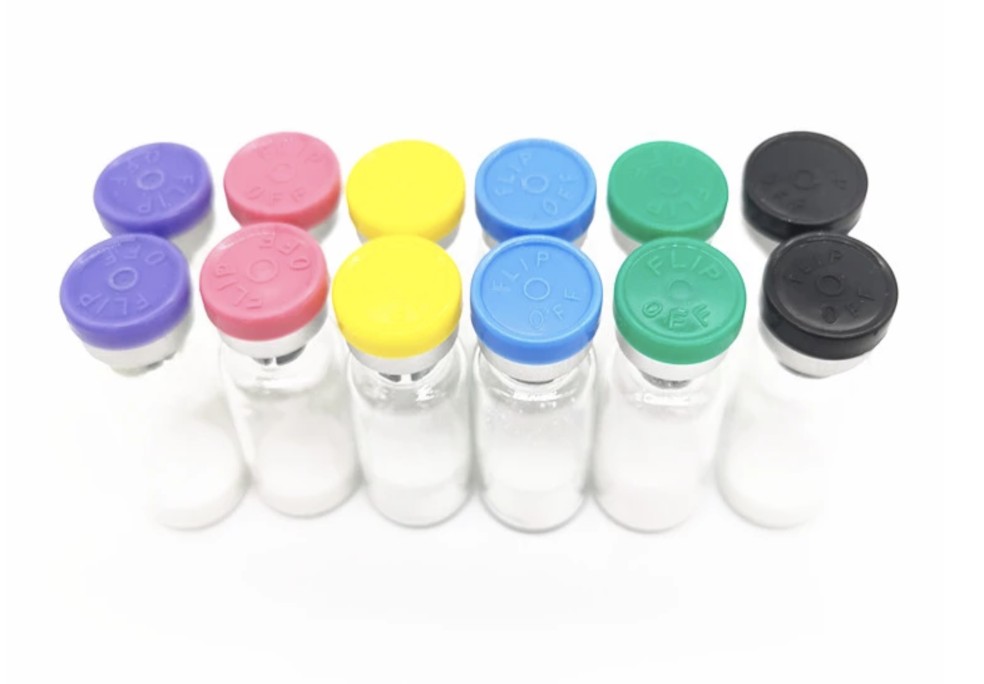Secretin
Sequence:H-His-Ser-Asp-Gly-Thr-Phe-Thr-Ser-Glu-Leu-Ser-Arg-Leu-Arg-Asp-Ser-Ala-Arg-Leu-Gln-Arg-Leu-Leu-Gln-Gly-Leu-Val-NH2
Alias : Secretin, Pig secretin, Porcine secretin, Secrepan, Secretin-Ferring, Sekretolin,Human Secretin
Cas No.: 17034-35-4
EINECS : 241-105-3
Molecular Formula: C130H220N44O41
Molecular Weight: 3055.47
Purity (HPLC): 98.0%min.
Appearance: White powder
Single Impurity (HPLC): 1.0%max
Amino Acid Composition: ±10% of theoretical
Peptide Content (N%): >80.0%
Water Content(Karl Fischer): <6.0%
Acetate Content (HPIC): <15.0%
MS(ESI): Consistent
Mass Balance: 95.0~105.0%
Grade : Pharmaceutical Grade
Storage: Closed, below 2 ~ 8℃ preservation
Usage : Secretin acetate is a hormone that is responsible for controlling the environment of a duodenum by regulating pancreatic and stomach secretions while regulating the water homeostasis throughout an animal’s body. Specifically, it helps to regulate the duodenum’s pH by inhibiting the secretion of gastric acid from the parietal cells of the stomach and increasing stimulation of the bicarbonate production in the centroacinar cells from the pancreas.
Secretin is a hormone that regulates water homeostasis throughout the body and influences the environment of the duodenum by regulating secretions in the stomach, pancreas, and liver. It is a peptide hormone produced in the S cells of the duodenum, which are located in the intestinal glands.In humans, the secretin peptide is encoded by the SCT gene.
Secretin helps regulate the pH of the duodenum by inhibiting the secretion of gastric acid from the parietal cells of the stomach and stimulating the production of bicarbonate from the ductal cells of the pancreas.It also stimulates the secretion of bicarbonate and water by cholangiocytes in the bile duct, protecting it from bile acids by controlling the pH and promoting the flow in the duct.Meanwhile, in concert with secretin's actions, the other main hormone simultaneously issued by the duodenum, cholecystokinin (CCK), is stimulating the gallbladder to contract, delivering its stored bile.






















